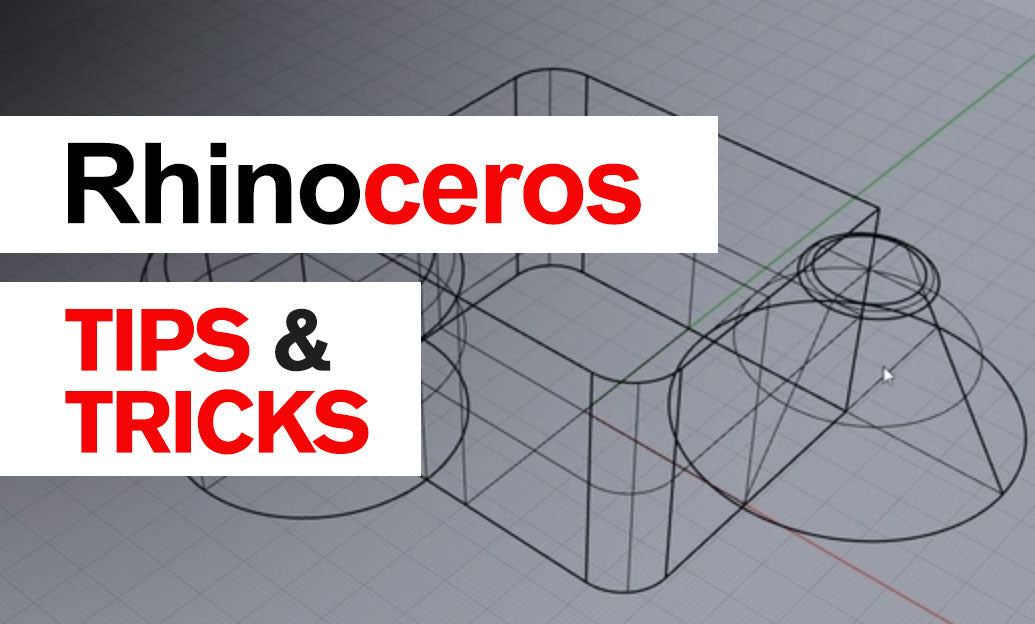Your Cart is Empty
Customer Testimonials
-
"Great customer service. The folks at Novedge were super helpful in navigating a somewhat complicated order including software upgrades and serial numbers in various stages of inactivity. They were friendly and helpful throughout the process.."
Ruben Ruckmark
"Quick & very helpful. We have been using Novedge for years and are very happy with their quick service when we need to make a purchase and excellent support resolving any issues."
Will Woodson
"Scott is the best. He reminds me about subscriptions dates, guides me in the correct direction for updates. He always responds promptly to me. He is literally the reason I continue to work with Novedge and will do so in the future."
Edward Mchugh
"Calvin Lok is “the man”. After my purchase of Sketchup 2021, he called me and provided step-by-step instructions to ease me through difficulties I was having with the setup of my new software."
Mike Borzage
Revolutionizing Design with Real-Time Rendering: Techniques, Applications, and Future Trends
July 12, 2024 3 min read


Real-time rendering is revolutionizing the way we visualize, design, and interact with digital content. Unlike traditional rendering methods, which can be time-consuming and static, real-time rendering delivers immediate visual feedback, offering immense benefits in speed, efficiency, and interactivity. This transformative technology leverages the latest advancements in hardware and software, including powerful GPUs and dedicated rendering applications, to produce stunning visuals in milliseconds.
Introduction to Real-Time Rendering Techniques
The essence of real-time rendering lies in its ability to generate complex visual scenes on the fly, allowing for dynamic interaction and exploration. This is in sharp contrast to pre-rendered content, which is produced offline and lacks interactivity. The key advantages of real-time rendering include not just its rapid visual output but also its capacity to facilitate an iterative design process, where instant visual feedback can significantly impact decision-making and creativity.
At the core of this technological leap are the hardware and software advancements that have paved the way for its widespread adoption. Modern GPUs, with their parallel processing capabilities, are particularly crucial, as they can handle the intense computational demands of rendering complex scenes in real time. Equally important are the developments in rendering software, which are designed to make the most of these hardware capabilities, providing tools and features that cater to a wide range of real-time rendering needs.
Applications in Product Visualization
One of the most impactful applications of real-time rendering is in the realm of product visualization. Marketers and designers are leveraging this technology to create immersive and interactive demos that can be experienced directly in web browsers, through VR headsets, or on mobile apps. This not only enhances the marketing and sales process by providing potential customers with a rich, engaging experience but also plays a pivotal role in the design and development phases of product creation.
- Enhancing Marketing and Sales: Real-time rendering enables the creation of dynamic, interactive product demos that can significantly boost engagement and conversion rates.
- Design and Development: It allows designers to receive early-stage visual feedback, facilitating rapid prototyping and iterative improvements without the need for physical prototypes.
Techniques and Best Practices
To achieve the best results with real-time rendering, a number of techniques and best practices should be followed. Among the most critical are those related to real-time lighting and shadows, which are essential for achieving realistic visual effects. Techniques such as dynamic lighting and global illumination can dramatically improve the quality of the rendered scene, making it more lifelike and immersive.
However, maintaining a balance between visual fidelity and performance is crucial. Optimization strategies such as polygon count reduction, implementation of LOD techniques, and texture compression are key to ensuring that real-time applications run smoothly without sacrificing too much in terms of visual quality. Additionally, enhancing interactivity and user experience by incorporating user input can significantly elevate the level of engagement and immersion in real-time visualizations.
- Real-Time Lighting and Shadows: Utilizing dynamic lighting and global illumination to enhance realism.
- Optimization Strategies: Employing techniques to ensure smooth performance while maintaining visual quality.
- Interactivity and User Experience: Incorporating user input for a more engaging and immersive experience.
Future Trends and Challenges
Looking ahead, the future of real-time rendering is poised for further advancements, with ongoing developments in GPU technology and rendering algorithms expected to push the boundaries of what's possible. Moreover, the integration of AI and machine learning into rendering processes holds the potential to automate and improve aspects such as scene optimization and material selection, opening up new possibilities for efficiency and creativity.
Despite these promising developments, challenges remain, particularly in terms of managing the high computational costs associated with rendering complex scenes and maintaining the delicate balance between quality and performance. Addressing these challenges will require continuous innovation and optimization to fully realize the potential of real-time rendering in various applications.
Also in Design News

Rhino 3D Tip: Consistent Annotation Scaling Across Mixed‑Scale Rhino Layouts
December 10, 2025 2 min read
Read More
Cinema 4D Tip: Fast Look Development Using Cinema 4D’s OpenGL Viewport
December 10, 2025 2 min read
Read More
ZBrush Tip: ZBrush Layers: Non-Destructive Workflow and Best Practices
December 10, 2025 2 min read
Read MoreSubscribe
Sign up to get the latest on sales, new releases and more …


